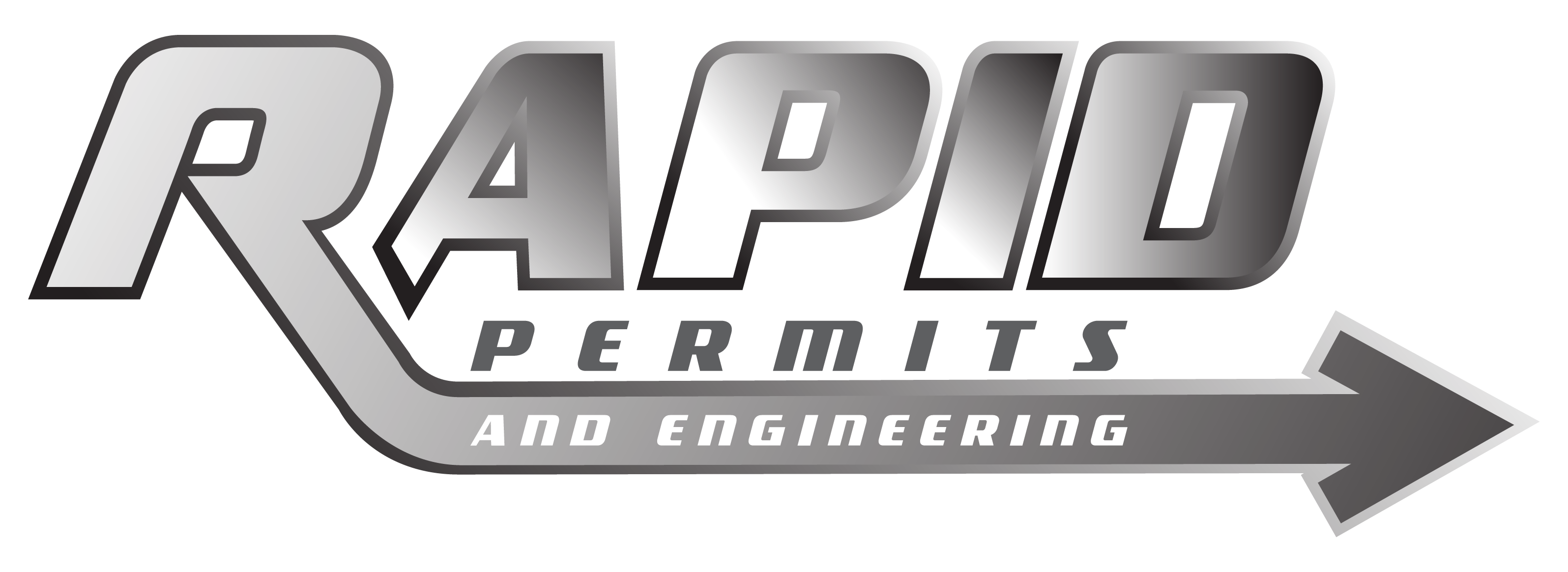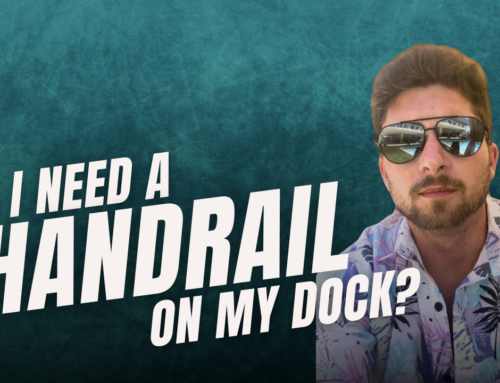 Coastal erosion, or the loss of shoreline sediment, can be a major threat to coastal properties as it can reshape a shoreline over time and take your valuable land. One solution to coastal erosion is shoreline armoring, which holds back the sea to prevent the loss of sediment and to protect coastal infrastructure.
Coastal erosion, or the loss of shoreline sediment, can be a major threat to coastal properties as it can reshape a shoreline over time and take your valuable land. One solution to coastal erosion is shoreline armoring, which holds back the sea to prevent the loss of sediment and to protect coastal infrastructure.
What is Shoreline Armoring?
Shoreline armoring (also called shoreline hardening) is the practice of using physical structures to protect shorelines from coastal erosion over time. While there are many different types of structures that can be used to “armor” a shoreline, the most common types include seawalls made of various materials and riprap. There are positives and negatives to each of these types of barriers, but both are effective in creating a barrier that works to protect against coastal erosion.
In addition to the permits that must be obtained in order to build a protective barrier such as a seawall, the construction of such a project can be both expensive and time-consuming. It is important to keep up with maintenance on shoreline armoring in order to avoid problems in the future, which could require more time and money.
Shoreline Maintenance
Seawalls are a durable method of shoreline armoring that should not require any upkeep for the first 20 years after installation. As time passes, however, you should begin to watch for cracks, seepage, or rust that can form on or around your seawall and can be indicative of a larger problem, especially if left untreated. Once your seawall is about 20 years old, you should begin doing annual inspections to check for these issues and to seal any cracks that might form.
The amount of maintenance that is required for a seawall can depend on the type of wall you build. For example, vinyl seawalls require little to no maintenance but are not as strong as their steel counterparts. Steel seawalls are the strongest type of coastal protection, however, they are the type that requires the most maintenance and upkeep. Steel can rust, especially as it wears down over time. You should keep an eye on your steel seawall to ensure that it is not rusting, and should get into the habit of inspecting your wall every 3 to 6 months. If rust is spotted, paint it immediately with a tar guard. When properly maintained, steel seawalls can last forever, and are the most effective method of preventing shoreline erosion.
Riprap is a cheaper method of shoreline armoring, however, it requires a lot of upkeep. Riprap is essentially made of numerous heavy rocks that are placed on a shoreline and work to break up the intensity of strong waves. Heavy waves or even the natural force of gravity can move or misplace rocks, so you should frequently check to ensure that no rocks are out of place. Riprap should be thoroughly inspected after each storm. Riprap that is not well-maintained risks lowered wall integrity and erosion that can be more expensive to repair than its initial installation.
Keeping Up With Shoreline Armoring
Undergoing shoreline armoring construction is an expensive and time-consuming project. To avoid paying hundreds of thousands of dollars for future repairs and to save yourself the hassle of paying for necessary construction permits all over again, it is important to maintain your shoreline armoring. Routine maintenance and proper upkeep are all it takes for your shoreline armor to last a lifetime, no matter what type of armor you choose.
Contact Rapid Permits
At Rapid Permits and Engineering, we make it easy to secure permits for shoreline armoring and other projects in and around the Florida Keys. We can do the research, planning, and ordering for shoreline armoring permits that can make completing your project as easy as possible. Contact us today or call (305) 916-1400 to book an appointment and get started!





